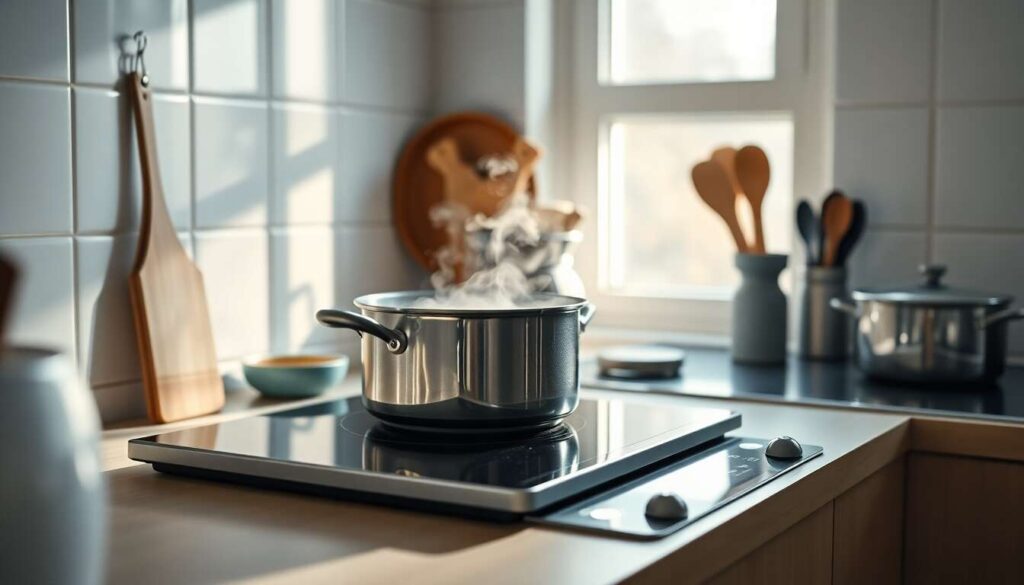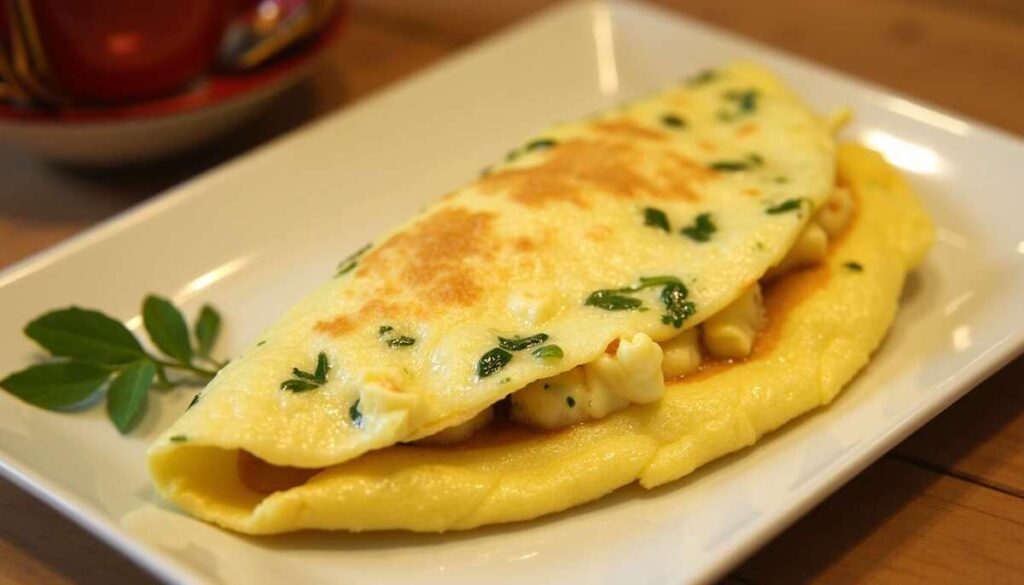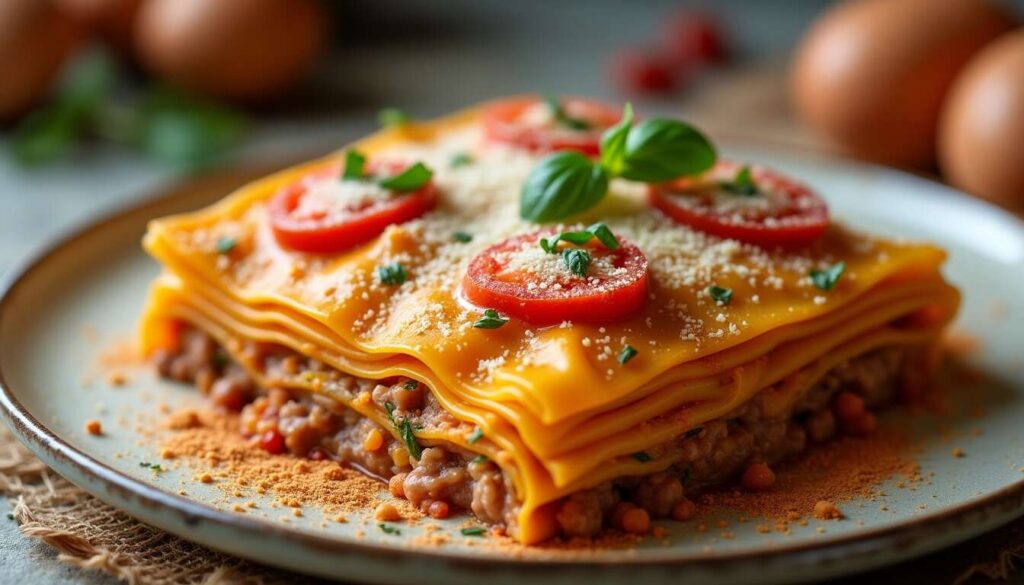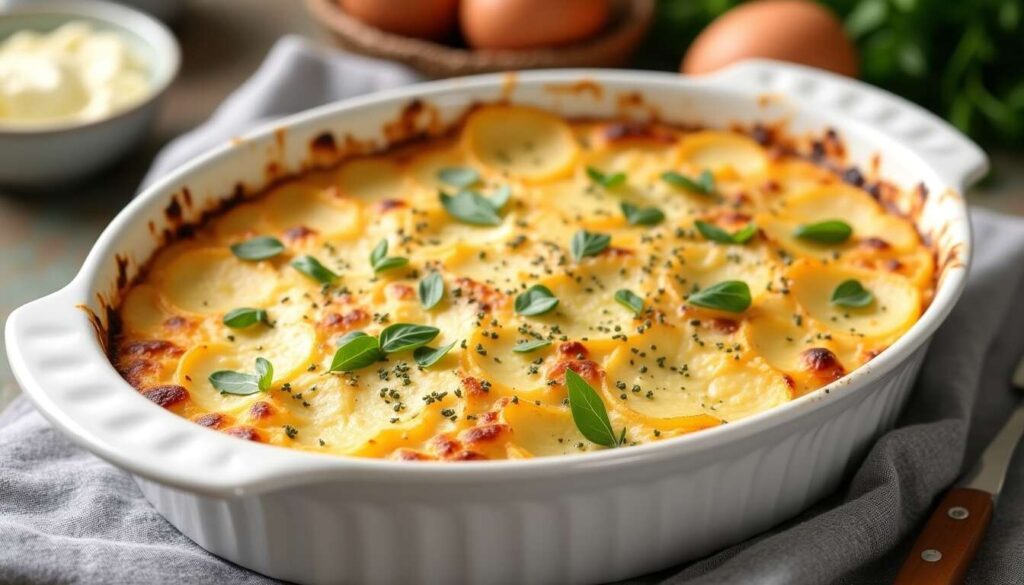The low-energy cooking technique presents an ideal solution for those interested in managing their budgets while maintaining the nutritional quality of their meals. Cooking at low temperatures not only leads to significant savings on energy bills but also promotes healthier meals. In this article, we will delve into the various aspects of this culinary method and discover its potential to transform your daily cooking routine.
Understanding low-energy cooking
Definition and principles
Low-energy cooking revolves around preparing food at relatively low temperatures, typically between 60 and 90 degrees Celsius. This method harnesses the natural moisture of the ingredients, often without adding water, thus preserving essential nutrients. Suitable cookware for this type of cooking features thick bases that ensure uniform heat distribution, reducing the risk of exceeding 100°C and ensuring even cooking.
Energy savings
One of the major attractions of low-energy cooking is its potential for energy savings. Statistics show that cooking accounts for about 11% of the annual energy consumption of households. Consequently, adopting techniques such as steaming or braising can significantly lower your electricity bills. This is particularly relevant for families eager to control their expenses while maintaining meal quality.
Understanding the fundamentals of low-energy cooking is crucial for maximizing this method’s benefits. Let’s now explore how it can lead to notable savings in daily life.
The economic benefits of slow cooking
Reduction in energy costs
Slow cooking not only enhances the quality of dishes but also facilitates savings on energy costs. This is due to reduced electricity or gas consumption. By using appropriate equipment, such as heavy-bottomed pots that retain heat better, you can shorten cooking times and, as a result, use less energy.
Amortization of equipment
Investing in tools compatible with low-temperature cooking may seem expensive initially, but it is a cost-effective choice. Materials like cast iron or copper are superior heat conductors and will serve you for many years, quickly amortizing their initial investment.
Recognizing the economic advantages of low-energy cooking naturally leads us to consider the necessary equipment to optimize this method. Let’s look at the best options available.
Selecting the right equipment for effective cooking
Essential utensils
To achieve successful low-energy cooking, it is vital to choose your kitchen utensils wisely. Thick-bottomed pots and pans are indispensable. Opt for materials such as cast iron, stainless steel, or copper, which provide optimal heat conduction.
Appropriate electric appliances
There are also electric appliances specifically designed for low-temperature cooking, such as slow cookers or electric casseroles, which allow precise temperature control. This not only ensures energy savings but also optimally preserves the flavors and nutrients of the food.
Now that you are familiar with the ideal equipment, it is time to share some practical tips to further optimize your energy consumption in the kitchen.
Practical tips for optimizing your energy consumption
Meal planning
An efficient meal organization greatly contributes to reducing energy consumption. Prepare dishes in advance and use your days off to cook multiple meals at once. This strategy allows you to maximize equipment usage while minimizing cooking time.
- Use lids to reduce cooking time
- Prefer cooking multiple ingredients together
- Turn off the oven or stove a few minutes before cooking is complete, leaving the food inside
Utilizing residual heat
Take advantage of the residual heat from your cooking appliances by turning off the heat a few minutes before the cooking time is up. The food will continue to cook with the accumulated heat, providing further energy savings.
Employing these practical tips will not only help you save money but also contribute to a more sustainable lifestyle. Overall, low-energy cooking stands out as a balanced solution between health, economy, and ecology.
By embracing the low-energy cooking technique, you partake in a method that harmoniously combines health, savings, and environmental respect. Not only will you reduce your energy bills, but you will also enhance the quality of your meals while contributing to natural resource conservation. This marks a significant advancement for households eager to optimize their food budget while focusing on healthier eating.







